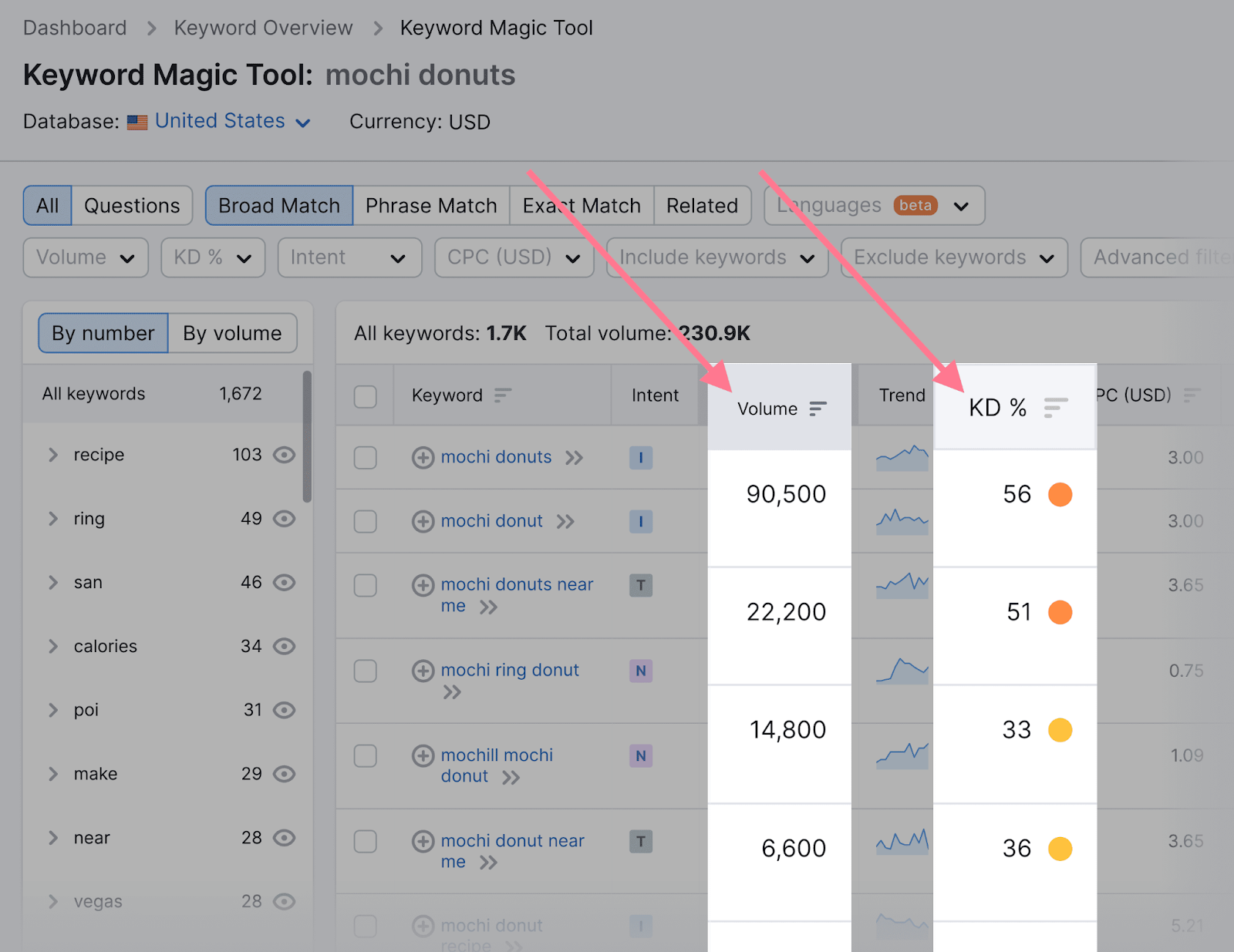
Decoding Adsense Revenue: A Comprehensive Analysis
Monetizing your online content through Adsense is a dynamic process that requires constant evaluation and strategic analysis. In this article, we’ll delve into the intricacies of Adsense revenue analysis, providing insights and techniques to maximize your earnings.
Understanding Adsense Metrics: The Foundation of Analysis
To conduct a meaningful Adsense revenue analysis, it’s crucial to comprehend the key metrics that influence your earnings. From Cost Per Click (CPC) to Cost Per Mille (CPM), understanding these metrics is fundamental to making informed decisions and optimizing your revenue streams effectively.
Deep Dive into Ad Performance: Navigating the Adsense Dashboard
The Adsense dashboard is your control center for revenue analysis. This section will guide you through the process of navigating the dashboard to access crucial data about your ad performance, click-through rates, and overall revenue. Understanding these metrics empowers you to make data-driven decisions.
Optimizing Ad Placement: Strategies for Higher Earnings
Effective ad placement is a critical aspect of Adsense revenue analysis. Discover proven strategies for optimizing the placement of ads on your website or YouTube channel to increase visibility and encourage higher click-through rates. Strike the right balance to enhance user experience while maximizing your earnings potential.
Evaluating RPM: Revenue Per Mille Analysis for Precision
Revenue Per Mille (RPM) is a key metric that provides insights into how much revenue you generate for every thousand impressions. This section will guide you through the process of evaluating RPM and using this analysis to fine-tune your content and ad strategies for maximum revenue generation.
Utilizing Google Analytics: Integrating for Deeper Insights
Integrating Google Analytics with your Adsense account enhances your revenue analysis capabilities. Explore how to set up this integration and leverage Google Analytics to gain deeper insights into your audience’s behavior, preferences, and interactions with ads. This data-driven approach enhances your overall revenue optimization strategy.
Segmenting Your Traffic: Targeted Analysis for Maximum Impact
Not all traffic is created equal, and segmenting your audience is a powerful strategy in Adsense revenue analysis. Learn how to analyze different segments of your audience to understand their behavior and tailor your ad strategy accordingly. Targeted analysis enables you to maximize revenue from specific audience groups.
Adsense Revenue Analysis: A Link to Further Insights
For additional insights and in-depth guidance on Adsense revenue analysis, explore this comprehensive resource on Adsense Revenue Analysis. This link provides advanced tips, case studies, and strategies to elevate your understanding and implementation of Adsense revenue optimization.
Adapting to Seasonal Changes: Strategic Analysis for Consistency
Online traffic often experiences seasonal fluctuations, impacting Adsense revenue. This section will guide you through the process of strategic analysis to adapt to seasonal changes. Adjust your content and promotional strategies to maintain a consistent revenue stream throughout the year.
Testing and Iterating: Continuous Improvement for Long-Term Success
Adsense revenue analysis is an ongoing process of testing, analyzing, and iterating. Embrace a mindset of continuous improvement, A/B testing different strategies, and learning from the results. This iterative approach ensures that you adapt to changes in the online landscape and consistently optimize your revenue streams.
Conclusion: Empowering Your Adsense Revenue Journey
Adsense revenue analysis is not a one-time task; it’s a dynamic process that requires attention and strategic thinking. By understanding key metrics, optimizing ad placement, and leveraging advanced tools, you can empower your Adsense revenue journey. Implement these strategies, stay informed, and watch as your revenue steadily grows, reflecting the effectiveness of your analytical approach.
